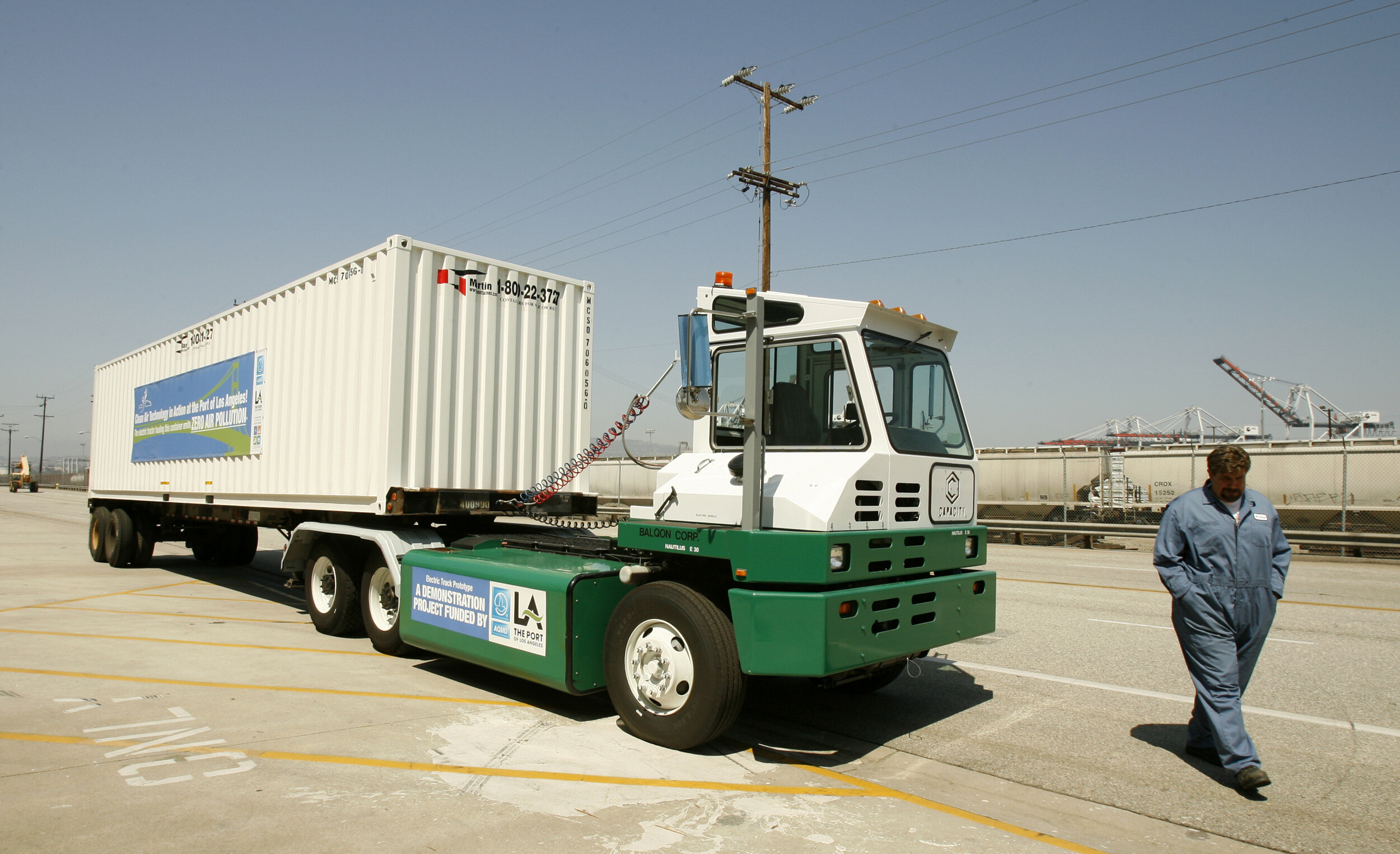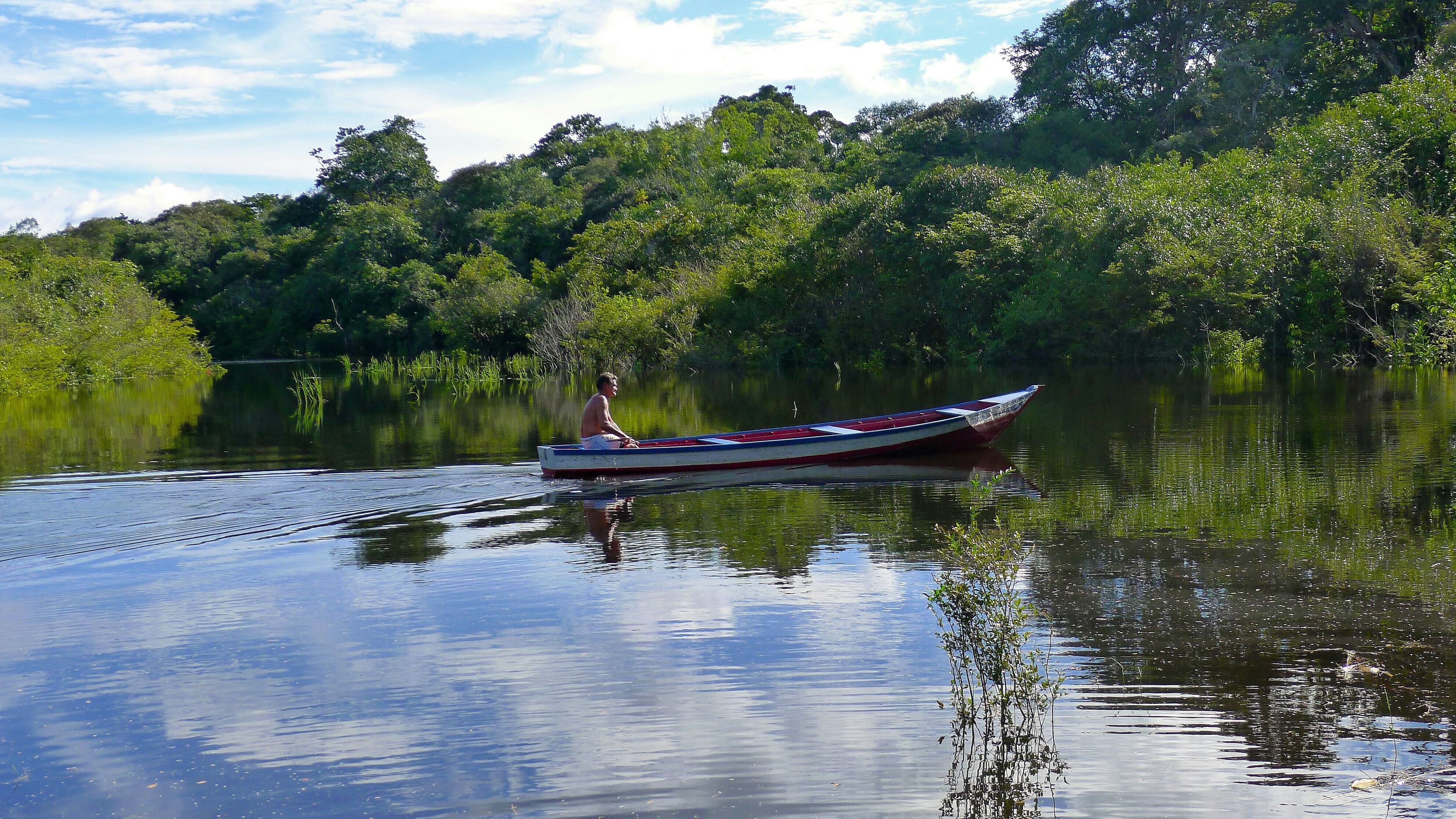What is the link between COVID-19 deaths and wildfire smoke?

Researchers have found a link between wildfire smoke and COVID-19 deaths. Image: REUTERS/Fred Greaves
- Researchers have found a link between pollution from wildfires and increased risk of COVID-19 cases and deaths in three western U.S. states.
- Wildfires produce high levels of fine particulate matter, which has been linked with a host of negative health outcomes, including premature death.
- This study provides policymakers with insights explaining how the effects of climate change can have cascading effects on other global crises.
Thousands of COVID-19 cases and deaths in California, Oregon, and Washington between March and December 2020 may be attributable to increases in fine particulate air pollution (PM2.5) from wildfire smoke, according to a new study co-authored by researchers at Harvard T.H. Chan School of Public Health.
The study is the first to quantify the degree to which increases in PM2.5 pollution during the wildfires contributed to excess COVID-19 cases and deaths in the U.S. It will be published online in Science Advances.
“The year 2020 brought unimaginable challenges in public health, with the convergence of the COVID-19 pandemic and wildfires across the western United States. In this study we are providing evidence that climate change — which increases the frequency and the intensity of wildfires — and the pandemic are a disastrous combination,” said Francesca Dominici, the Clarence James Gamble Professor of Biostatistics, Population and Data Science at the Harvard Chan School and senior author of the study.
In 2020, huge wildfires swept across the western U.S., including some of the largest ever in California and Washington. Wildfires produce high levels of fine particulate matter, which has been linked with a host of negative health outcomes, including premature death, asthma, chronic obstructive pulmonary diseases (COPD), and other respiratory illnesses.
The researchers — from the Harvard Chan School, the John A. Paulson School of Engineering and Applied Sciences, and the Environmental Systems Research Institute in Redlands, Calif. — built and validated a statistical model to quantify the extent to which wildfire smoke may have contributed to excess COVID-19 cases and deaths in the three states that bore the brunt of the 2020 wildfires. They looked at the connection between county- and daily-level data on PM2.5 air concentrations from monitoring data, wildfire days from satellite data, and the number of COVID-19 cases and deaths in 92 counties, which represented 95 percent of the population across California, Oregon, and Washington. The researchers accounted for factors such as weather, population size, and societal patterns of social distancing and mass gatherings.

The study found that from Aug. 15 to Oct. 15, 2020, when fire activity was greatest, daily levels of PM2.5 during wildfire days were significantly higher than on non-wildfire days, with a median of 31.2 micrograms per cubic meter of air (µg/m3) versus 6.4 (µg/m3). In some counties, the levels of PM2.5 on wildfire days reached extremely high levels. For instance, on Sept. 14-17, 2020, Mono County, California, experienced four days in a row with PM2.5 levels higher than 500 µg/m3 as a result of the Creek Fire. Such levels are deemed “hazardous” by the U.S. Environmental Protection Agency.
Wildfires amplified the effect of exposure to PM2.5 on COVID-19 cases and deaths for up to four weeks after the exposure, the study found. In some counties, the percentage of the total number of COVID-19 cases and deaths attributable to high PM2.5 levels was substantial.
On average across all counties, the study found that a daily increase of 10 µg/m3 in PM2.5 each day for 28 subsequent days was associated with an 11.7 percent increase in COVID-19 cases, and an 8.4 percent increase in COVID-19 deaths. The biggest effects for cases were in the counties of Sonoma, California, and Whitman, Washington, with 65.3 percent and 71.6 percent increases, respectively. The biggest effects for deaths were in Calaveras, California, and San Bernardino, California, with 52.8 percent and 65.9 percent increases, respectively.
Researchers also looked at individual wildfire days and at individual counties to determine the percentage increase in COVID-19 cases and deaths in 2020 compared with what would have been expected with lower levels of PM2.5. They found that Butte, California and Whitman, Washington, had the highest percentage increases in cases (17.3 percent and 18.2 percent, respectively); and that Butte, California, and Calaveras, California, had the highest percentage increases in deaths (41 percent and 137.4 percent, respectively.) In Calaveras, roughly nine COVID-19 deaths would have been expected under lower PM2.5 levels, but the actual number was 22 — which explains the high percentage increase.
How has the Forum navigated the global response to COVID-19?
Across the three states studied, the cumulative numbers of COVID-19 cases and deaths attributable to daily increases in PM2.5 from wildfires were 19,700 and 750, respectively, the study found.
“Climate change will likely bring warmer and drier conditions to the west, providing more fuel for fires to consume and further enhancing fire activity. This study provides policymakers with key information regarding how the effects of one global crisis — climate change — can have cascading effects on concurrent global crises — in this case, the COVID-19 pandemic,” said Dominici.
Co-first authors of the study were Xiaodan Zhou of the Environmental Systems Research Institute and Kevin Josey from the Department of Biostatistics at the Harvard Chan School. Leila Kamareddine of the Department of Biostatistics at the Harvard Chan School also contributed, as did Miah C. Caine and Loretta J. Mickley from Harvard’s John A. Paulson School of Engineering and Applied Sciences, and Tianjia Liu from Harvard’s Department of Earth and Planetary Sciences.
Funding for the study came from the Environmental Protection Agency (grant 83587201-0), the National Institutes of Health (grants R01ES026217, R01MD012769, R01ES028033, 1R01AG060232-01A1, 1R01ES030616, 1R01AG066793-01R01, 1R01ES029950, and 5T32ES007142), the Alfred P. Sloan Foundation, and the Vice Provost for Research-Harvard University.
Don't miss any update on this topic
Create a free account and access your personalized content collection with our latest publications and analyses.
License and Republishing
World Economic Forum articles may be republished in accordance with the Creative Commons Attribution-NonCommercial-NoDerivatives 4.0 International Public License, and in accordance with our Terms of Use.
The views expressed in this article are those of the author alone and not the World Economic Forum.
Stay up to date:
COVID-19
Related topics:
Forum Stories newsletter
Bringing you weekly curated insights and analysis on the global issues that matter.
More on Climate Action and Waste Reduction See all
Wee Kean Fong and Yvonne Zhou
November 19, 2025







